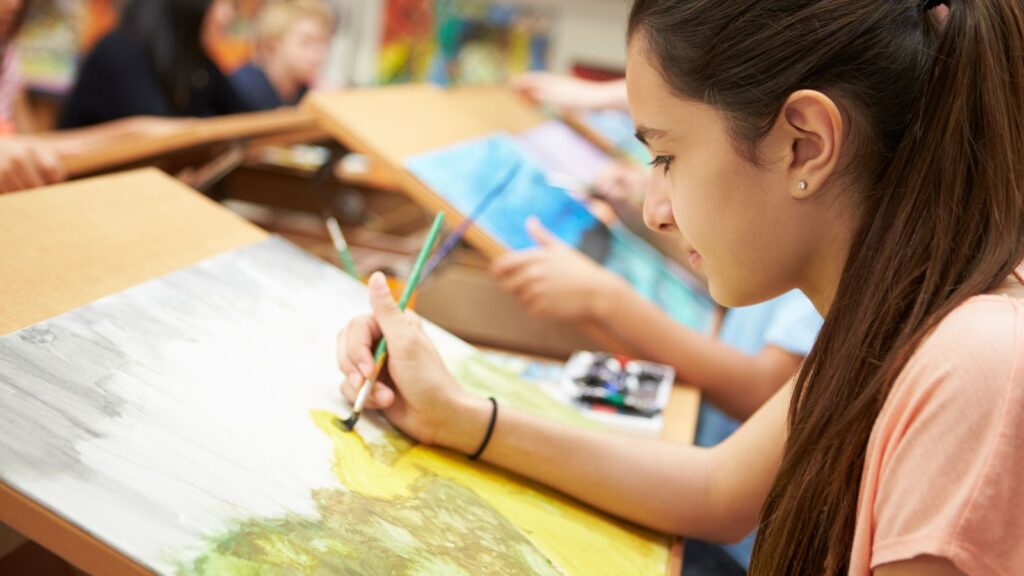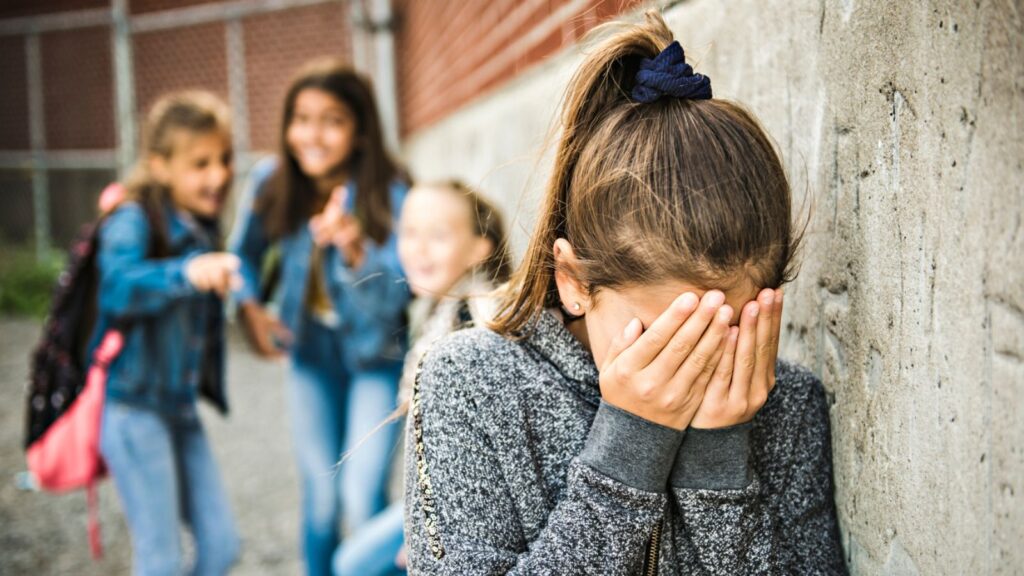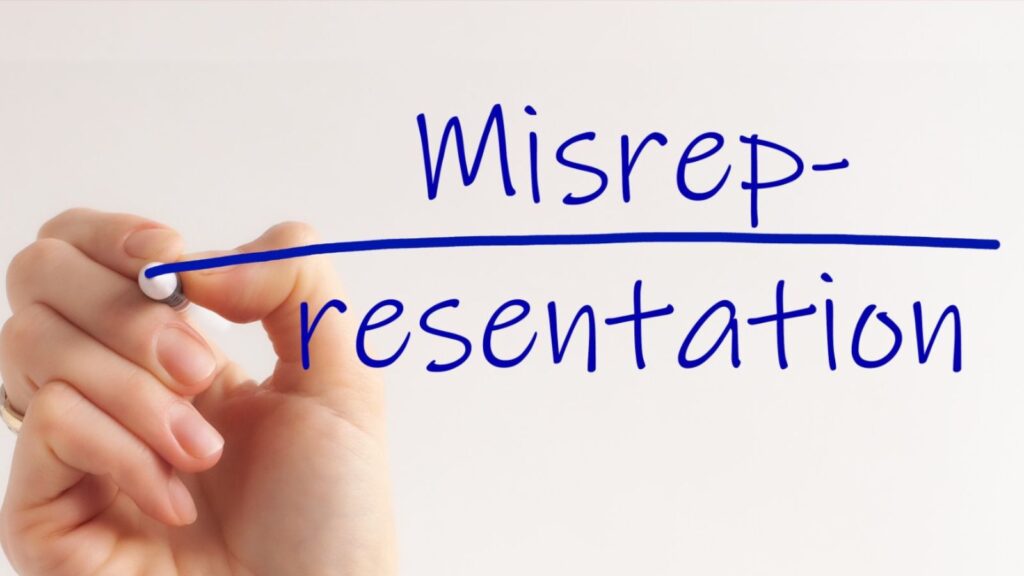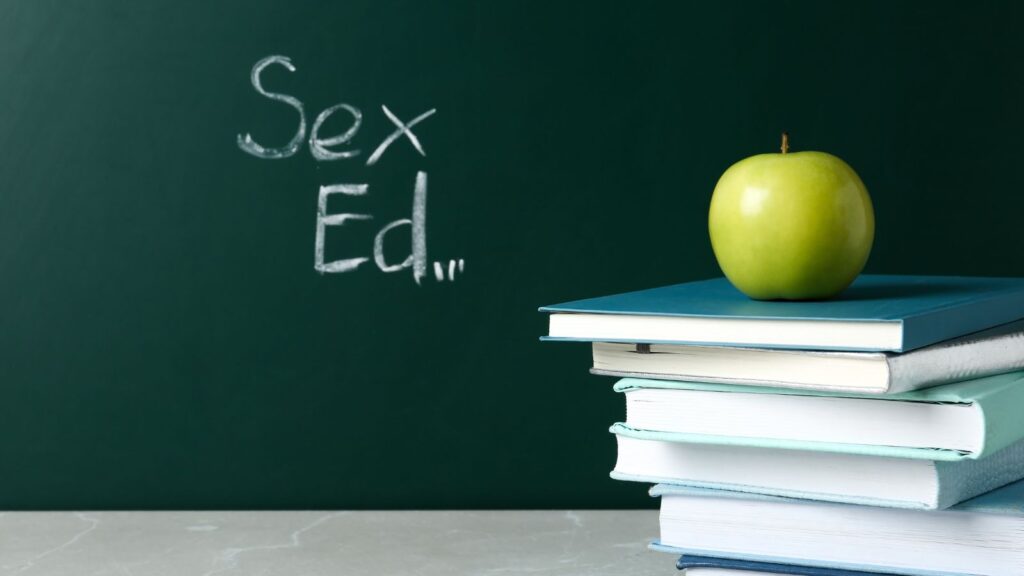Let’s get one thing straight. Misogyny is not something we are born with. It is learned. Most children begin learning and experiencing it at a very young age, where it continues to be ingrained into the socialization of future generations. Sadly, kids all across the world witness the powerful hand of sexism influencing their educational and home environments. Awareness, and a desire to counter these negative impacts, is the only way to move forward. Here are 18 of the ways in which Gen Z students are experiencing misogyny in school.
Segregated Sports

There are science-based reasons why sports are separated by sex, but regardless, misogyny shows up often as a result. Girls will be told they aren’t capable of competing with boys, and this affects self-esteem and holds girls back from pursuing the athletics they are into, perhaps depriving us of future stars.
Inequality in Extracurriculars

There are often expectations that the arts are for girls and athletics are for boys. This is a crazy example, but think about High School Musical. Troy had to hide his love for theater and singing because his friends thought it wasn’t masculine or cool enough. Kids may be pushed away from their passions because of external factors such as fear of bullying.
Student Evaluations

Students are often evaluated by their teachers based on the individual teacher’s personal bias. Girls are often expected to be more submissive, boys more defiant. Feedback given by teachers based on these biases may negatively impact a student’s development or trust in themselves.
Most Teachers Being Women

There has been a sort of uprising in awareness surrounding teacher salaries and a startling lack of public respect for the career. Interestingly, there seems to be a strong note of sexism in the data. 74.3% of teachers are women, and 70% of educators surveyed by the EdWeek Research Center agreed that part of why teachers are paid so poorly is because teaching is a female-dominated profession. It’s awful, but it checks out.
Excusing Behavior with “Boys Will Be Boys”

This phrase has been used as a throwaway comment to dismiss aggressive or otherwise unhealthy behavior from boys (and sometimes even grown men). However, in recent years people have begun to notice the dangers of the saying and are working to excavate it from our communal vocabulary.
Promposals

It’s not that promposals on an individual level are bad at all, but a mass expectation that girls sit around and wait to be asked without any control of their own is absolutely rooted in misogyny.
More Historic Men than Women Are Studied

There are more texts written about men and more records of men in history than women, so there is more of an expectation in an educational setting that certain historical figures be taught. Ultimately, continuing to teach students about more historically significant men than women perpetuates an existing problem and will likely have a trickle-down effect of inspiring less young girls to pursue big dreams.
Dress Codes

Dress codes are very often sexist in nature. It can be argued that it’s different when everyone has to follow the same guidelines, but even then, it can get tricky because the rules for what girls should wear generally have to do with the length of skirts or anything regarding the breasts (requirement of wearing a bra, not being allowed to show cleavage, etc.). This is all embedded in the sexualization of the female body because it is so often pinned as a “distraction” for the boys in school and blames the girl for existing in her body. What should be taught is that boys need to learn to control themselves.
Harassment

A UK study reported that 37% of female students in a coed secondary school (or high school, as it’s called in the US) have experienced sexual harassment at school. This ranges from nonconsensual touching to taking photographs to making sexual comments. Just how common it is shows how much of an impact it is having on our society.
Stereotypes in Learning Materials

Gender stereotypes are prevalent in many textbooks and reading materials. Male characters are usually shown as tough and resilient, while female characters often fall into either the submissive wife and mother category or the seductive temptress category. Either way, it’s embedding in students’ heads that these are their options.
Avoidance of Controversial Topics

With the development of very impressionable young people being at play, it makes sense to an extent why educators would want to stay away from more taboo conversations. However, talking about these things is the only way to progress as a society, and pretending certain issues don’t exist is only going to harm marginalized communities and women.
Unconscious Bias

Educators may have biases they don’t even recognize, perhaps pushing students towards extracurriculars or school subjects that they expect deep down the student will be interested in without really getting to know or consider the individual. It can also impact a student’s academic performance.
Bullying

Bullying, which goes beyond sexual harassment (but often includes it), is very prevalent in schools and often leads to a fear of men that is unfortunately founded in something very real. Many boys believe they are stronger and try to prove their toughness by ganging up on girls, pulling their hair, or cornering them on the playground or anything else. This behavior is not monitored or reprimanded enough and allows these boys to grow up to continue it in more complex, often worse ways.
Lack of Diverse Role Models

It’s important to have diversity (gender and otherwise) in all school environments so that children are able to see different-looking people in various roles of power. That way, they won’t grow up thinking only white men can be in charge.
Imbalanced Power Structures

Teachers have the power to give their students detention, bad grades, and more. This sort of power imbalance can lead students to being silent when they should feel comfortable speaking up and can lead girls to believe they should always keep their mouths shut. Schools need to work towards an inclusive and safe learning environment.
Sexist Language

One example is the aforementioned “boys will be boys,” but there is so much more to dig into that has overwhelming negative impacts. Phrases like “you throw like a girl” and “man up” also perpetuate damaging gender stereotypes.
Misrepresentation in Teachings

This is problematic across the board and probably shows up the most in racial and cultural ways, but definitely with sexism as well. It’s important to humanize the social groups that are being showcased in school, particularly those that are unfamiliar to the specific students. Women can be showcased in negative ways that perpetuate those false stereotypes.
Sex Ed

Sexual education in schools is… problematic, to say the least. Not all schools even teach it, but for the ones that do, many focus on abstinence rather than contraception as an option despite stats proving how ineffective that sort of teaching is. This abstinence-only method encourages purity, a trait associated with girls and women and held as being their responsibility (see above: dress codes). It places the responsibility, and usually blame, on young girls rather than boys. Plus, not everything taught in this context is even required to be medically correct.
30 Traditional Sayings That Are Now Considered Offensive by Woke Culture

30 Traditional Sayings That Are Now Considered Offensive by Woke Culture
21 Habits Often Associated With Having a Lower Social Status

21 Habits Often Associated With Having a Lower Social Status
25 Social Issues Gen Z are Determined to Cancel

